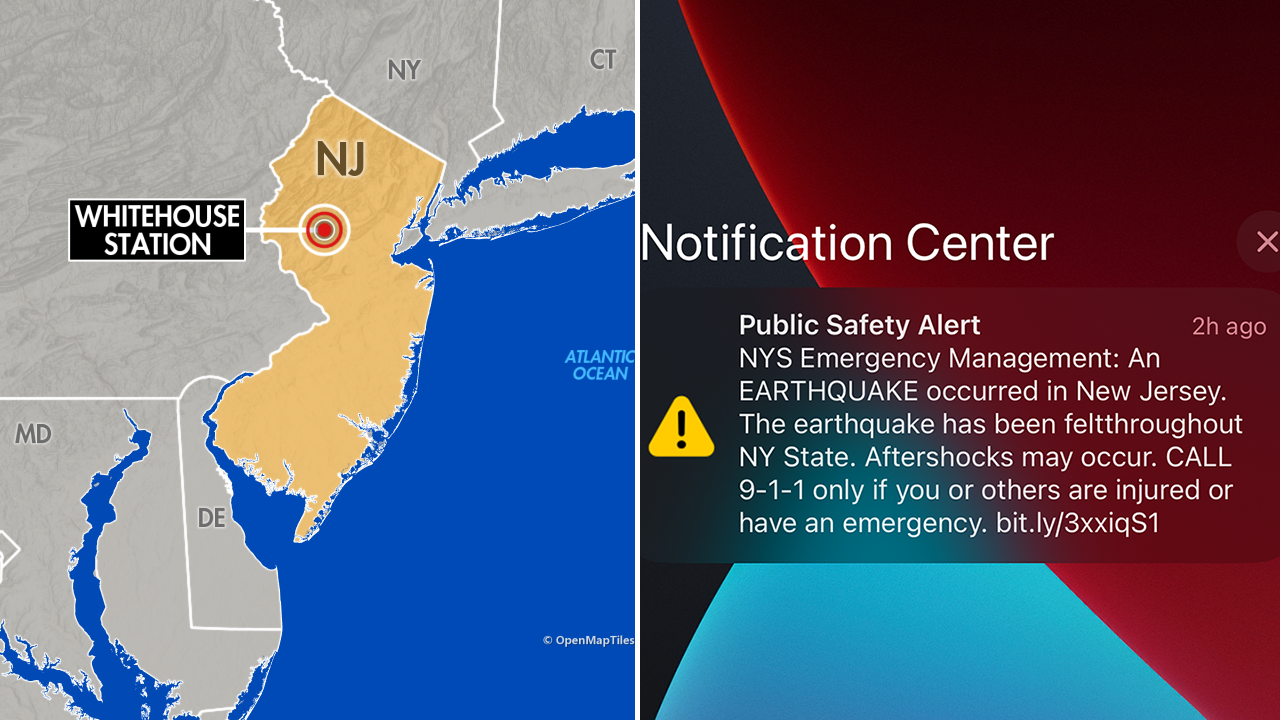More than six million people in the U.S. have an allergy to peanuts, according to Food Allergy Research and Education (FARE).
Nearly 1.6 million of these sufferers are kids and teens.
“The recent news of deaths and peanut allergies reminds us that consumers are choosing avoidance over cutting-edge therapies that might have saved their lives,” said Dr. Rani Maskatia, a pediatric and adult allergist and immunologist in California.
FDA APPROVES ALLERGY DRUG TO LESSEN SEVERITY OF REACTIONS TO PEANUTS, DAIRY, OTHER FOODS
Maskatia, who is also medical director with Latitude Food Allergy Care, a network of clinics providing testing and treatment for food allergies, shared with Fox News Digital 10 surprising facts about peanut allergies.
1. A peanut allergy results from an immune system reaction
A peanut allergy develops when the immune system reacts to major proteins found in peanuts as if they are harmful invaders, according to Maskatia.
More than six million people in the U.S. have an allergy to peanuts, according to Food Allergy Research and Education (FARE) — and nearly 1.6 million of them are kids and teens. (iStock)
“The immune system fights off the proteins, resulting in a wide range of symptoms, sometimes impacting multiple systems of the body — skin, gastrointestinal, respiratory or cardiovascular,” she said.
2. It’s unclear why peanut allergies are becoming more common
Cases of peanut allergy have steadily increased in recent history, Maskatia said.
“This may result from many variables in our society — from environmental changes to shifts in our diets over the generations and even decades of (now outdated) recommendations to avoid peanut-based foods altogether in very young children,” he said.
3. Peanut allergy reactions are usually the result of accidental ingestion
Despite increased awareness, accidental exposures continue to occur, Maskatia noted.
GLUTEN-FREE LIFESTYLE: DEBUNKING MYTHS AND DECIDING IF THE DIET IS RIGHT FOR YOU
“Even if a certain food does not intentionally contain peanuts, cross-contact (i.e., accidental contact with peanuts) can still result in an allergic reaction,” she warned.
4. There are varied symptoms of peanut allergies
An allergic reaction to peanuts can manifest in a wide range of symptoms, from mild discomfort to severe life-threatening anaphylaxis, according to Maskatia.
An allergic reaction to peanuts can manifest in a wide range of symptoms, from mild discomfort to severe life-threatening anaphylaxis. (iStock)
Symptoms can include hives; skin redness or swelling; itching or tingling in the throat or mouth; runny nose; red, watery eyes; swelling of the tongue and/or lips; eye swelling; nasal congestion; stomach cramps and/or abdominal pain; diarrhea; nausea or vomiting; difficulty breathing and/or wheezing.
5. Children and adults with peanut allergies are at risk for anaphylaxis
Peanut allergy is the most common allergy associated with anaphylaxis, which is a severe, potentially life-threatening allergic reaction.
Signs of anaphylaxis can include pale or bluish tint on the skin, throat constriction, shortness of breath and/or wheezing, difficulty breathing, confusion and/or dizziness, and a weak and rapid pulse.
RED WINE HEADACHES COULD BE CAUSED BY THIS INTRIGUING CULPRIT, STUDY FINDS
“Although fatalities are very rare, if anaphylaxis occurs, access to immediate medical treatment is critical,” Maskatia advised.
“Everyone with a doctor-diagnosed peanut allergy should create an emergency anaphylaxis plan to minimize response time, including carrying two epinephrine auto-injectors accessible at all times.”
6. Testing and diagnosis can begin in infancy
Babies as young as four months old can be tested for peanut allergies, Maskatia noted.
“Testing that includes blood work and skin testing can ensure that diagnoses are as accurate as possible,” she told Fox News Digital.
“Testing that includes blood work and skin testing can ensure that diagnoses are as accurate as possible,” an allergist told Fox News Digital. (iStock)
“Blood work may consist of specific IgE tests and component testing, which help distinguish which proteins in the peanut a patient might be most likely to react to.”
7. A peanut allergy diagnosis doesn’t always mean all nuts must be avoided
Peanuts are actually legumes, which means other types of nuts — such as walnuts, almonds, hazelnuts and cashews — are often safe to eat, according to Maskatia.
“However, since it is possible to be allergic to both peanuts and to tree nuts and seeds, a clinical evaluation with an allergist is advised,” she said.
Peanuts are actually legumes, which means other types of nuts — such as walnuts, almonds, hazelnuts and cashews — are often safe to eat, according to an expert. (iStock)
“Once the patient has clarity about which foods are allergies, they should freely eat the foods they are not allergic to, ensuring diversity of diet and reducing the risk of future sensitizations to other foods.”
8. An allergic reaction could be triggered by non-food items
Peanut proteins can also be present in vitamins, medications, skin creams, cosmetics, sunscreen, craft materials, toy stuffing, pet food, bird feed and even ant baits or mousetraps, Maskatia warned.
9. An allergy can be outgrown over time
If you suspect you’ve outgrown a peanut allergy, follow-up testing with an allergist is recommended, Maskatia said.
“If an allergist suspects through blood work and skin tests that you might have outgrown the allergy, an oral food challenge may be recommended,” she said.
Peanut allergy is the most common allergy associated with anaphylaxis, which is a severe, potentially life-threatening allergic reaction. (iStock)
An oral food challenge is a step-by-step process in which the patient — under the supervision of a trained clinician — consumes small amounts of a suspected allergen over a period of three to four hours.
“This is done with the expectation that you’ll be able to consume the peanuts safely,” Maskatia said.
CLICK HERE TO SIGN UP FOR OUR HEALTH NEWSLETTER
“Conversely, because peanut allergies can have severe or life-threatening reactions, failing to obtain a clinical diagnosis when there is a suspected history of reaction can present significant health and safety risks,” she warned.
10. Peanut allergies can be treated
Maskatia recommends a treatment called oral immunotherapy (OIT), which she said is approximately 85% effective for single or multiple food allergies and is safe for all ages.
“Over time, the OIT process continually exposes the patient to increasing amounts of an allergen,” she said.
“The body is gradually desensitized and learns to adapt to the allergen. This decreases dietary restrictions and increases protection against severe or life-threatening reactions due to accidental exposure.”
Palforzia is an FDA-approved drug for peanut allergy treatment, Maskatia pointed out, and the FDA also recently approved Xolair (omalizumab) for treating all food allergies, including peanut allergy.
“It is expected that in the next decade, there will be more treatment options for people with peanut allergies,” she said.
For more Health articles, visit www.foxnews.com/health.
Melissa Rudy is health editor and a member of the lifestyle team at Fox News Digital. Story tips can be sent to melissa.rudy@fox.com.


